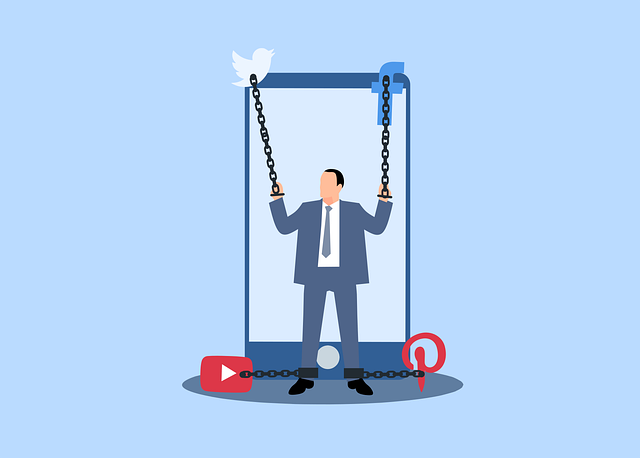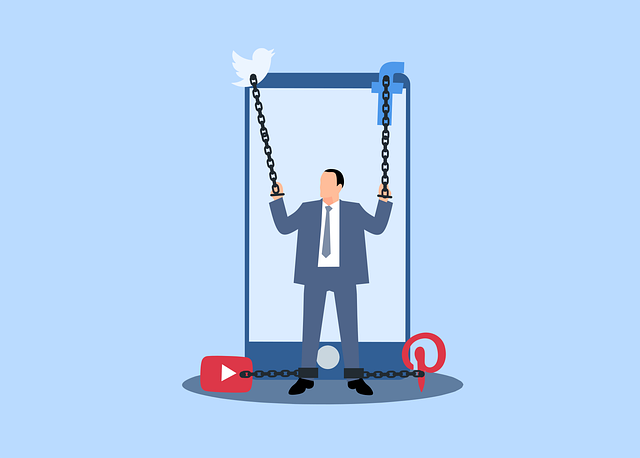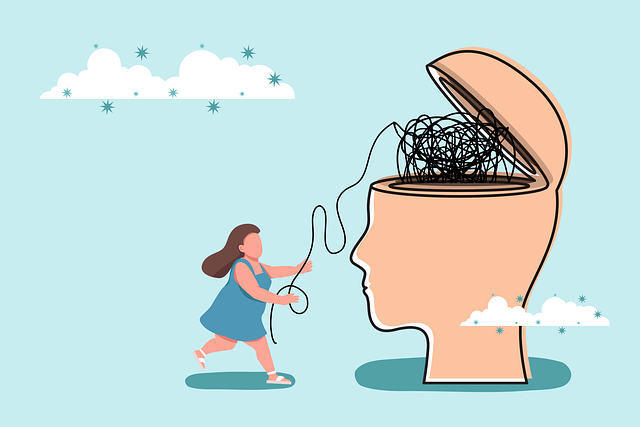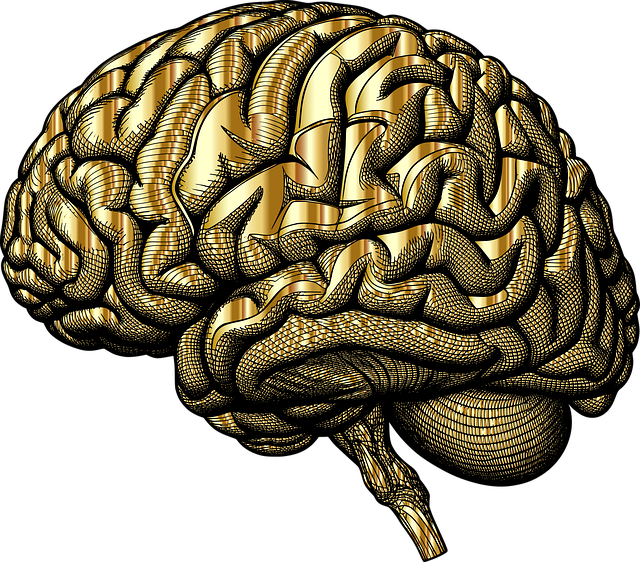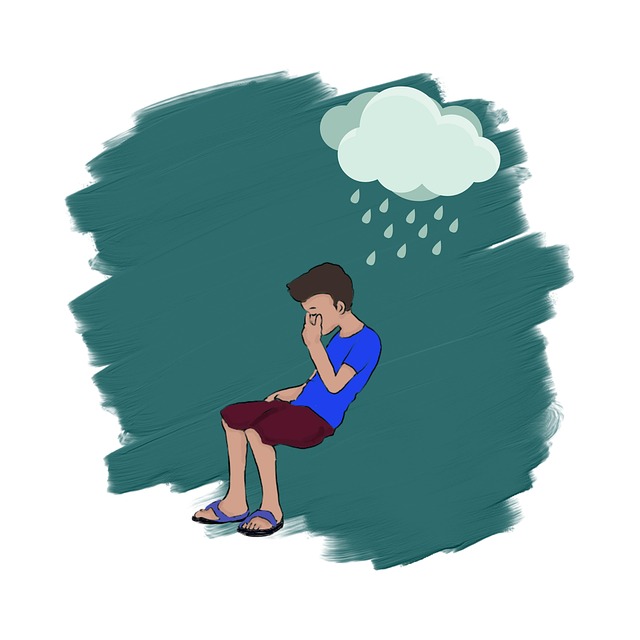Mental wellness groups play a pivotal role in healing children affected by child abuse by providing safe spaces for expression and community support. Skilled facilitators guide interactive sessions, focusing on emotional intelligence, social skills, and coping mechanism development to build resilience. Effective communication, active listening, and specialized training ensure confidentiality and boundary management. Integrating Emotional Intelligence, Compassion Cultivation, and holistic practices promotes trust-building and sensitive discussions. This supportive environment encourages children to express feelings, fostering a sense of belonging and accelerating healing through group therapy for child abuse survivors.
Mental wellness group facilitation plays a pivotal role in enhancing therapy for children, especially those who have experienced child abuse. This article delves into the transformative power of group settings, focusing on techniques that create safe spaces and foster healing. We explore strategies for establishing trust with young clients, effective communication methods tailored for facilitators, and unique approaches to promote growth within these supportive communities. By understanding mental wellness in children and leveraging group facilitation, therapists can offer powerful tools for recovery and resilience.
- Understanding Mental Wellness in Children and Child Abuse
- The Role of Group Facilitation in Therapy
- Creating a Safe Space: Establishing Trust with Young Clients
- Effective Communication Strategies for Facilitators
- Techniques to Foster Healing and Growth in Group Settings
Understanding Mental Wellness in Children and Child Abuse

Mental wellness is a crucial aspect of a child’s overall development, and recognizing potential issues early on is essential. Children may experience various mental health challenges, often stemming from complex factors such as trauma, stress, or adverse childhood experiences (ACEs), including child abuse. Abuse, whether physical, emotional, or sexual, can have profound and lasting effects on a child’s brain development and emotional well-being promotion. Understanding these issues is vital for facilitators to create supportive environments in therapy for children.
In cases of child abuse, fostering coping skills development becomes a priority. Facilitators play a significant role in helping abused children process their experiences and build resilience. By implementing effective burnout prevention strategies for healthcare providers, such as creating safe spaces and utilizing age-appropriate communication, facilitators can encourage these young individuals to express themselves and begin the healing process. Emphasizing emotional well-being promotion techniques allows children to develop healthy coping mechanisms, enhancing their ability to navigate life’s challenges and promoting long-term mental wellness.
The Role of Group Facilitation in Therapy

Group facilitation plays a pivotal role in enhancing therapy for children, especially those who have experienced child abuse. By creating a safe and supportive environment, facilitators enable vulnerable individuals to express themselves freely, fostering open dialogue and sharing of experiences. This collective approach not only facilitates healing but also empowers children by instilling a sense of community and belonging.
Through skilled facilitation, therapy sessions can incorporate techniques like Social Skills Training and Emotional Intelligence development, which are crucial for building resilience. These interactive methods help children navigate their emotions, improve communication, and develop inner strength—all essential components in the recovery process. By addressing social dynamics and emotional challenges collectively, facilitators create a powerful support system that reinforces positive changes long after the sessions conclude.
Creating a Safe Space: Establishing Trust with Young Clients

Creating a safe space is paramount when facilitating mental wellness groups for young clients, as it fosters trust and encourages open communication. This involves establishing a non-judgmental environment where each participant feels accepted and valued. Group facilitators should prioritize creating confidentiality, ensuring that all discussions within the group remain private. By implementing clear boundaries and ground rules from the outset, facilitators can manage expectations and create a sense of security.
In cases of trauma, such as child abuse, it’s crucial to have specialized training in risk management planning for mental health professionals. This enables facilitators to recognize potential triggers, manage crises effectively, and adapt their approach to meet the unique needs of this vulnerable population. Social skills training and emotional regulation strategies can also be integrated into group activities, helping young clients develop healthy coping mechanisms and build resilience.
Effective Communication Strategies for Facilitators

Effective communication is a cornerstone for facilitators when leading mental wellness groups, especially those catering to children who have experienced trauma such as child abuse. This involves employing strategies that foster open and honest dialogue while creating a safe space for expression. Facilitators should practice active listening, ensuring every participant feels heard and understood. Reflecting back what’s shared, asking clarifying questions, and summarizing key points helps children feel validated and encourages them to share their experiences.
Additionally, incorporating Emotional Intelligence (EI) techniques can enhance communication. Facilitators with strong EI can recognize and manage their emotions, as well as understand and empathize with the emotions of others. This compassion cultivation practice promotes a supportive environment where children can build trust and feel comfortable discussing sensitive topics related to their mental health. By integrating EI and Compassion Cultivation Practices into group dynamics, facilitators contribute to a Mental Health Policy Analysis and Advocacy approach that prioritizes holistic healing for vulnerable populations.
Techniques to Foster Healing and Growth in Group Settings

In group settings, fostering healing and growth among participants, especially children who have experienced child abuse, requires a nuanced approach that combines various facilitation techniques. One effective strategy is to create a safe and supportive environment where every individual feels heard, respected, and valued. This can be achieved through active listening, non-judgmental feedback, and structured activities that encourage open communication. Facilitators should also incorporate elements of positive thinking and mental wellness practices into group sessions, promoting healthy coping mechanisms and building resilience against trauma.
Group therapy sessions can be tailored to address specific issues related to child abuse, focusing on depression prevention and emotional regulation. Techniques such as narrative therapy, art therapy, and mindfulness exercises have proven beneficial in helping children process their experiences and develop positive self-perceptions. By fostering a sense of belonging and camaraderie within the group, facilitators enable participants to learn from one another’s journeys, cultivating empathy and a shared understanding that can accelerate healing and personal growth.
Mental wellness group facilitation offers a powerful approach to supporting children affected by child abuse, creating a safe space for healing and growth. By understanding the unique needs of young clients and employing effective communication strategies, facilitators can foster an environment that encourages trust, openness, and emotional expression. The techniques outlined in this article provide a toolkit for professionals to navigate the complex landscape of therapy for children, ultimately helping them recover and thrive.


